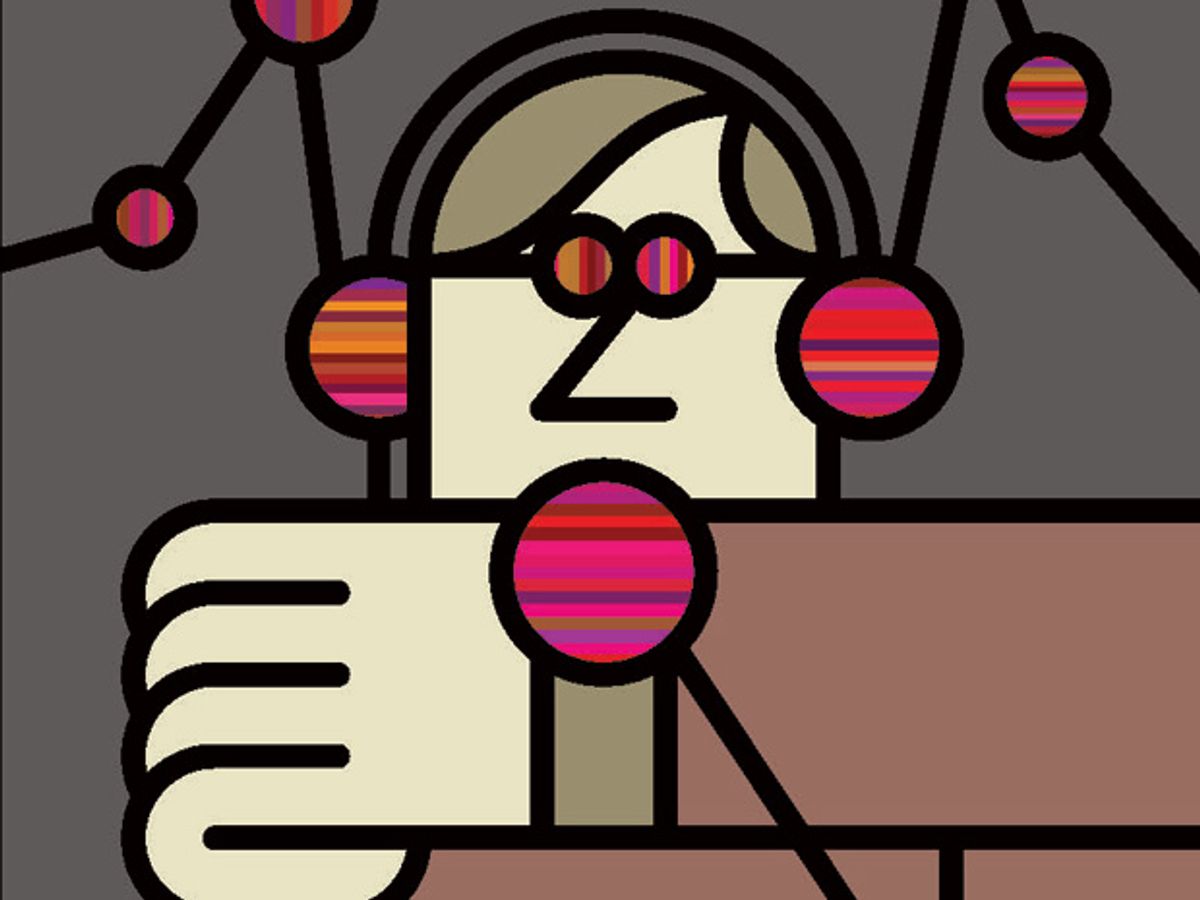We do not ride on the railroad; it rides upon us.
—Henry David Thoreau, Walden
Thoreau’s warning about the effects of technology seems more relevant than ever in this era of boisterous technological innovation—an era that seems particularly determined to bring computers and other “smart” devices ever closer to the people using them, and to generate new words and phrases that reflect this increased proximity.
The starting point here is the wearable, a computer designed to be worn, either as an item of clothing or as an accessory. The most promising wearable of recent years was Google Glass, which popularized the smart glasses (or eyeables) industry and brought glasseslike devices into the mainstream. (An earlier invention was memory glasses, which included a tiny video camera attached to a wearable that used the video feed to recognize people as they came into view.) Glass failed mostly because it became too easy to crack jokes about users being glassed out (that is, having a vacant look and an obliviousness to their surroundings) and to see Glass as an example of jerktech, technology that encourages antisocial behavior (such as surreptitiously photographing or recording people).
If wearing a computer on your face was a step too far for most people, wearing one on your wrist seems more reasonable, hence the generally positive reception accorded smart watches (particularly the Apple Watch), smart bracelets (such as the Microsoft Band), and smart trackers (such as the Fitbit fitness tracker, the Jawbone UP 24 activity tracker, and the Trax GPS tracker). There are also fitness and GPS trackers that attach to bicycles, turning the devices into rideables. In fact, we seem to have a fascination for tracking our every move, a mania that has now extended into family wearables, particularly the ultimate gadget for helicopter parents: the baby wearable.We’ve all gotten used to slipping earbuds into place, so would it be such a leap to upgrade them to something smarter? Enter the hearable, an in-ear computer that’s also known as an earable or a smart ear device. Not intimate enough for you? Then how about the embeddable, a device inserted under the skin, or an ingestible, a device that you swallow (such as a smart pill that reports how the body is reacting to its medication). I should also mention nearables, which become smart only when a mobile computer comes into range; awareables, which sense their surroundings; and there-ables, which are present in the spaces we move through during the day. (I’m indebted to Hugo van Kemenade for uncovering many of these terms.)
Many wearables startups are focused on devices that augment the stuff we wear every day, especially clothes and shoes. Hence the buzz around tech togs, particularly smart clothes. These include smart shirts, which monitor your heart rate, and smart shoes, which count your steps. In some cases, the actual materials have electronic properties, making them so-called e-textiles (or smart textiles).
A while back I read an interview with a wearables researcher. This person has a doctorate from MIT, so you have to assume she’s pretty smart. However, when asked about the future applications of wearables, she mentioned “jackets that tell you what the temperature, barometric pressure, or smog level is” and “a baseball hat that tells you the score of the game.” These ideas are so comically useless that I had to double-check that I wasn’t reading the latest issue of The Onion. If we are on our way to becoming citizen-terminals, bristling with body-mounted gadgetry, if we are becoming that close to the machine, then let’s hope it’s for better reasons than these.
This article originally appeared in print as “Ever Closer to the Machine.”
